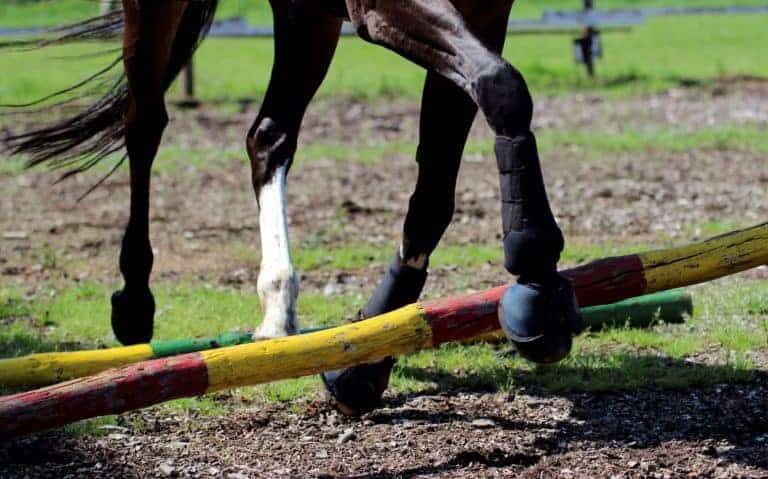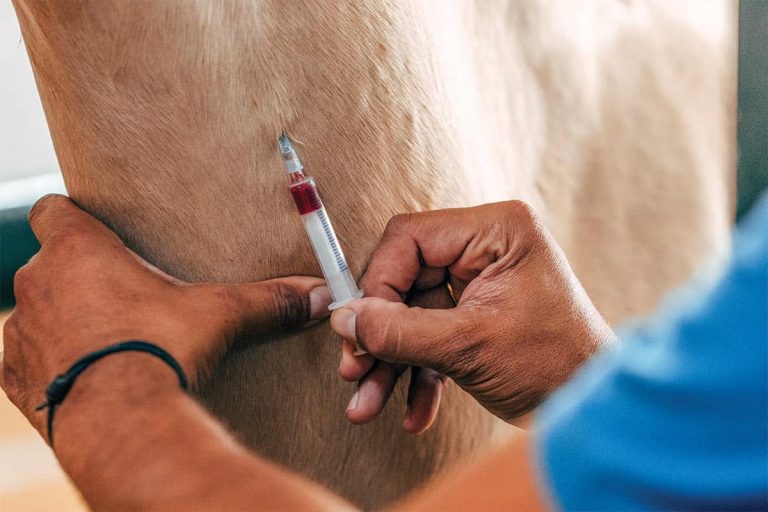West Nile Virus Risk Factors Identified
A variety of environmental factors might be related to West Nile virus infections in horses, reported a Florida research team lead by Leslie M.V. Rios, PhD, from the Department of Entomology and Nematology at the University of Florida in Gainesville.













